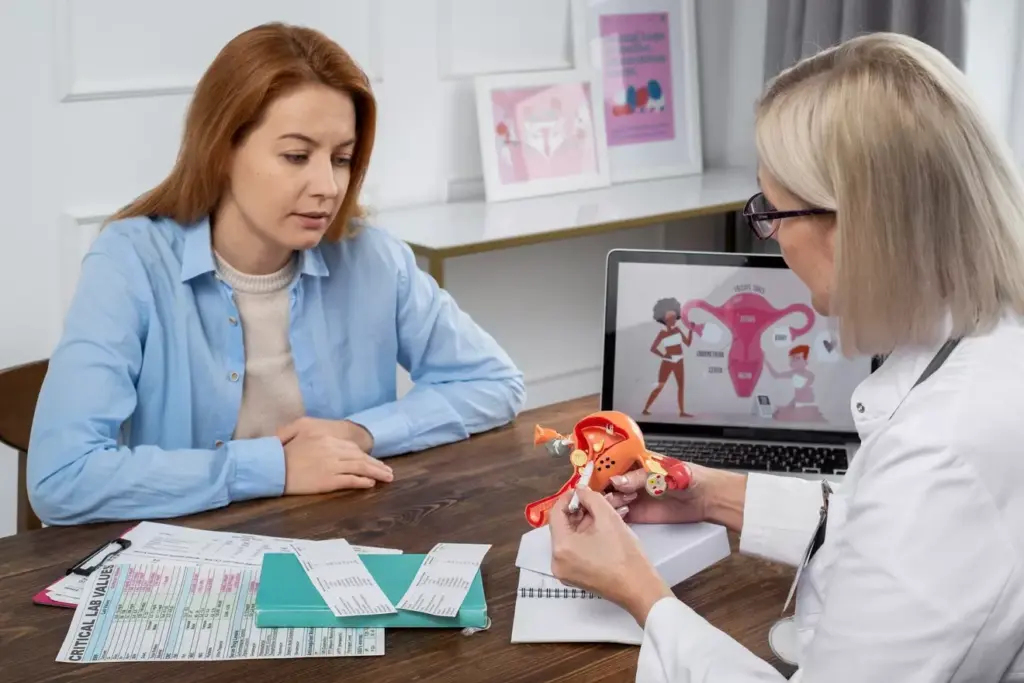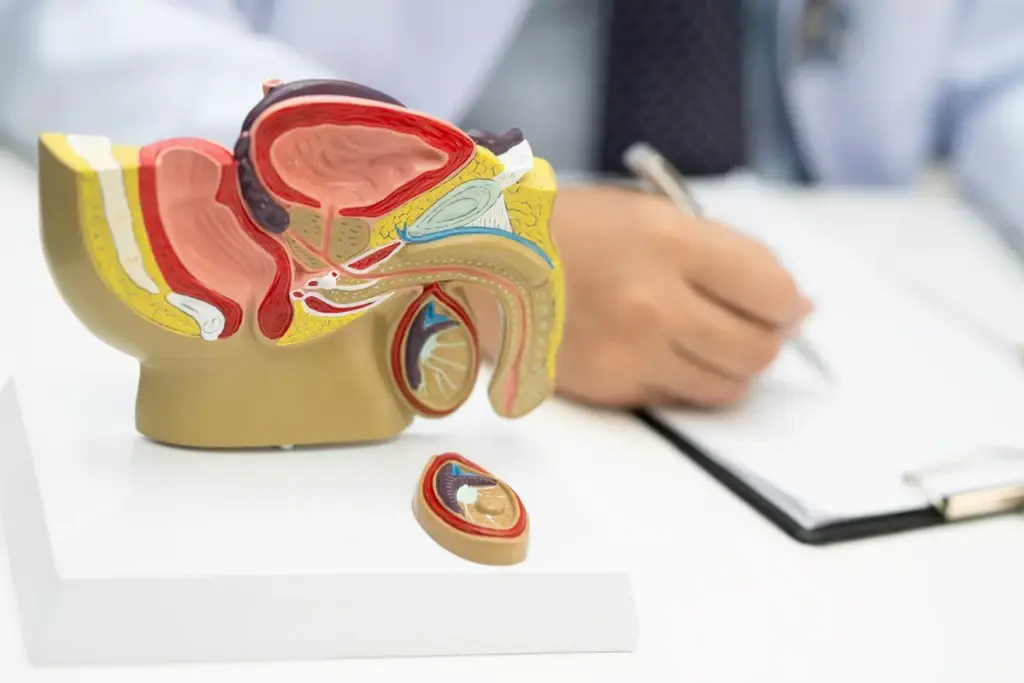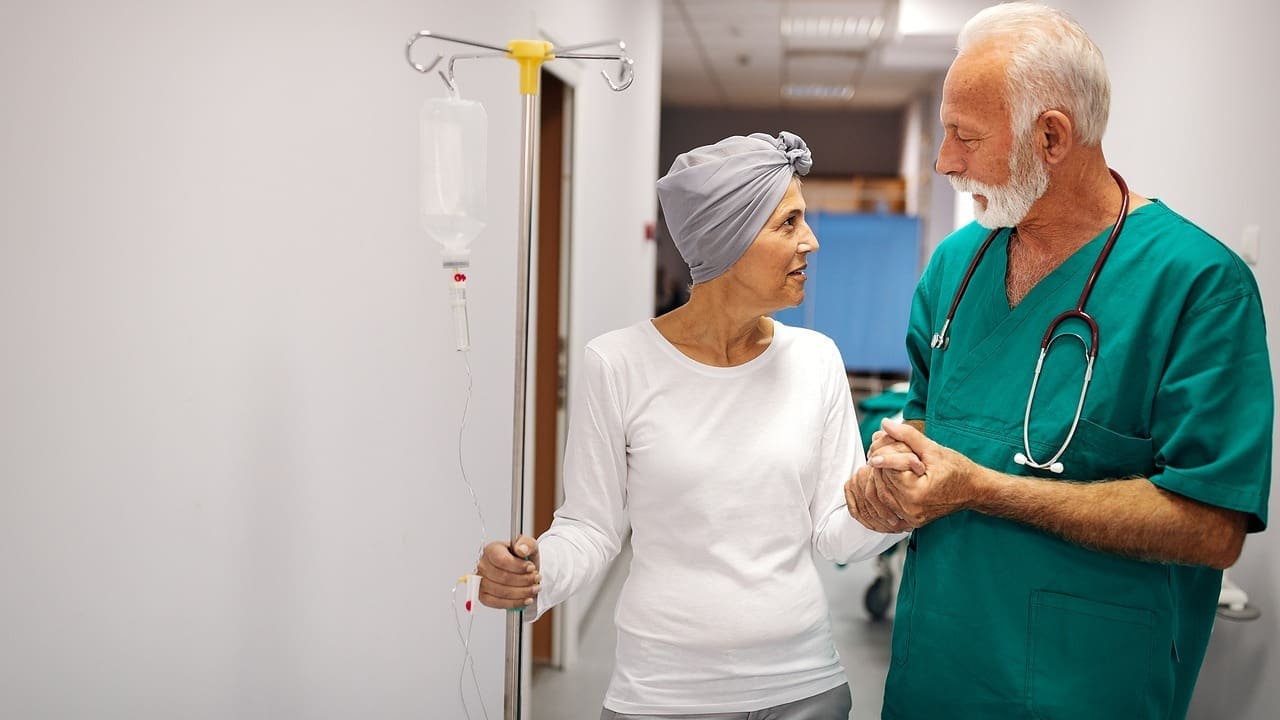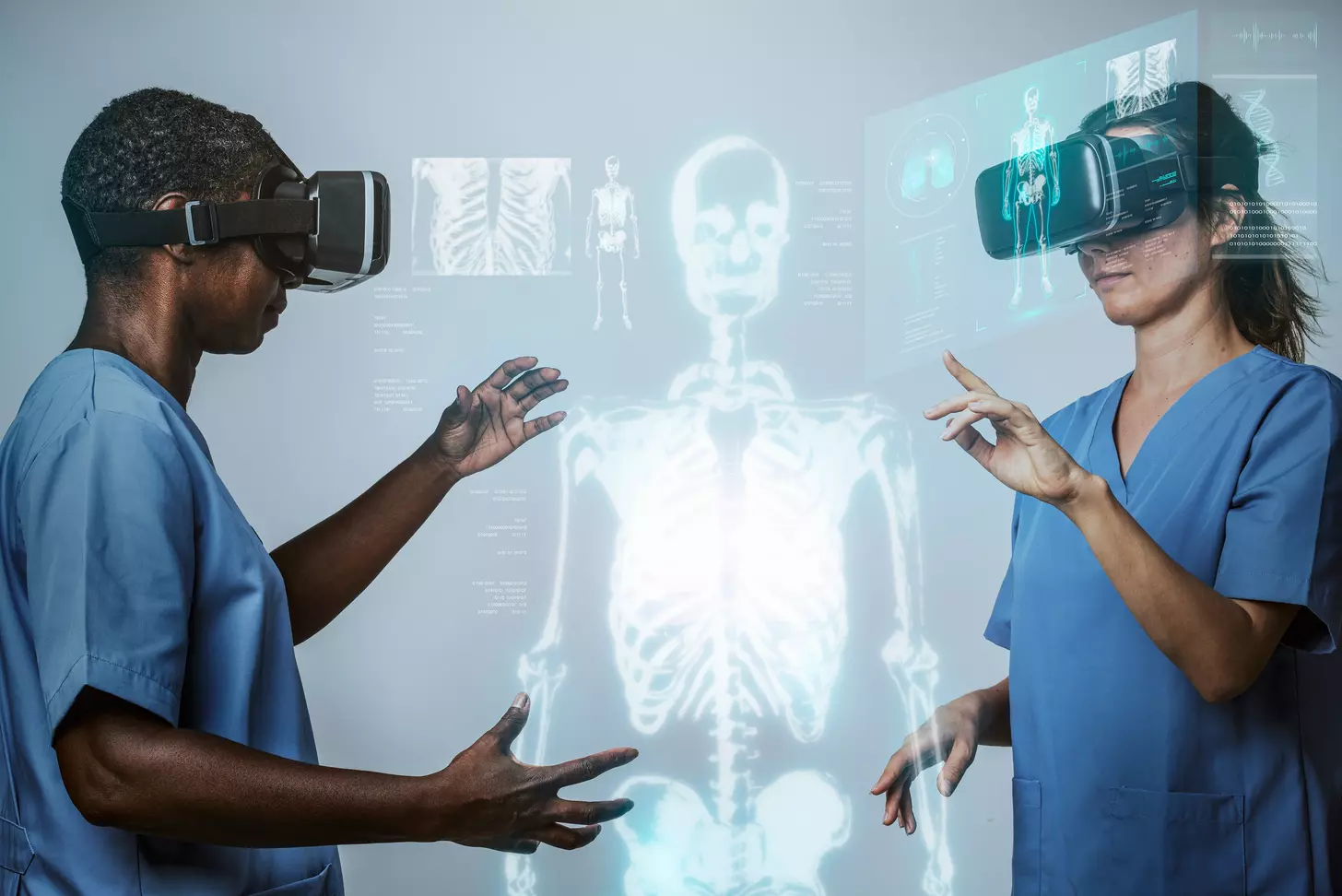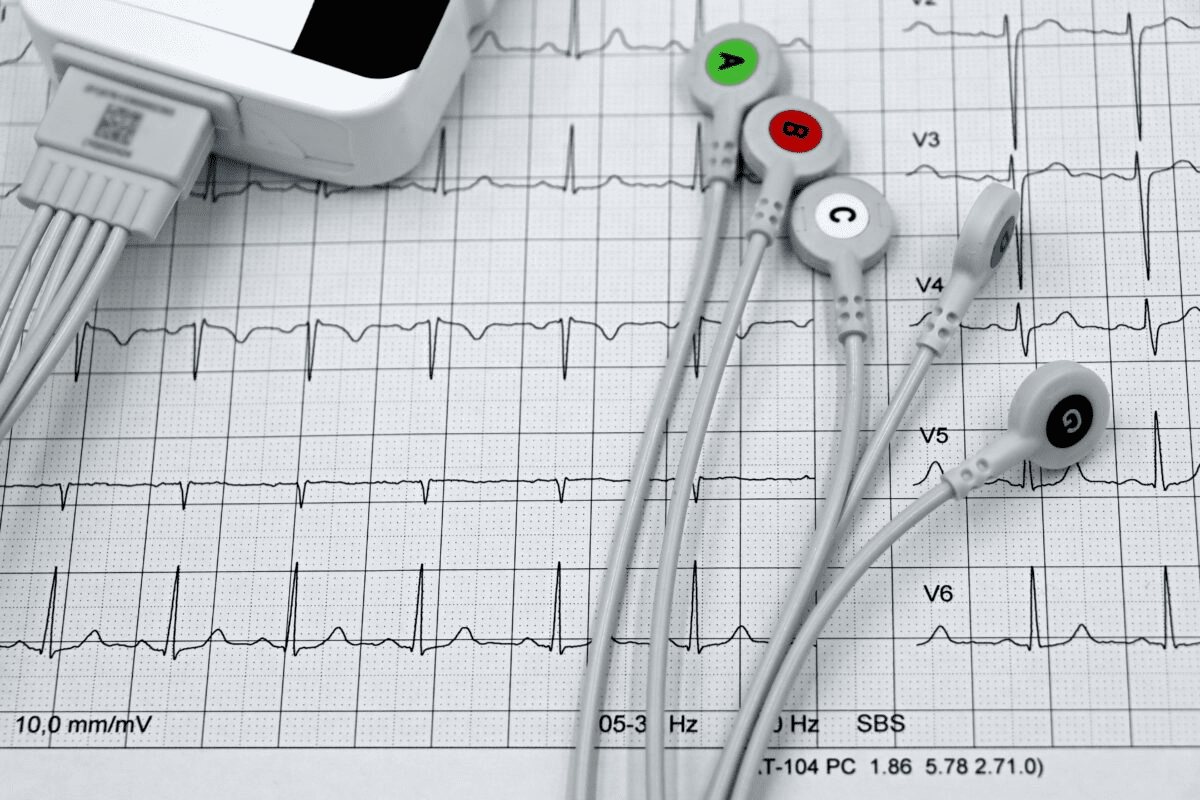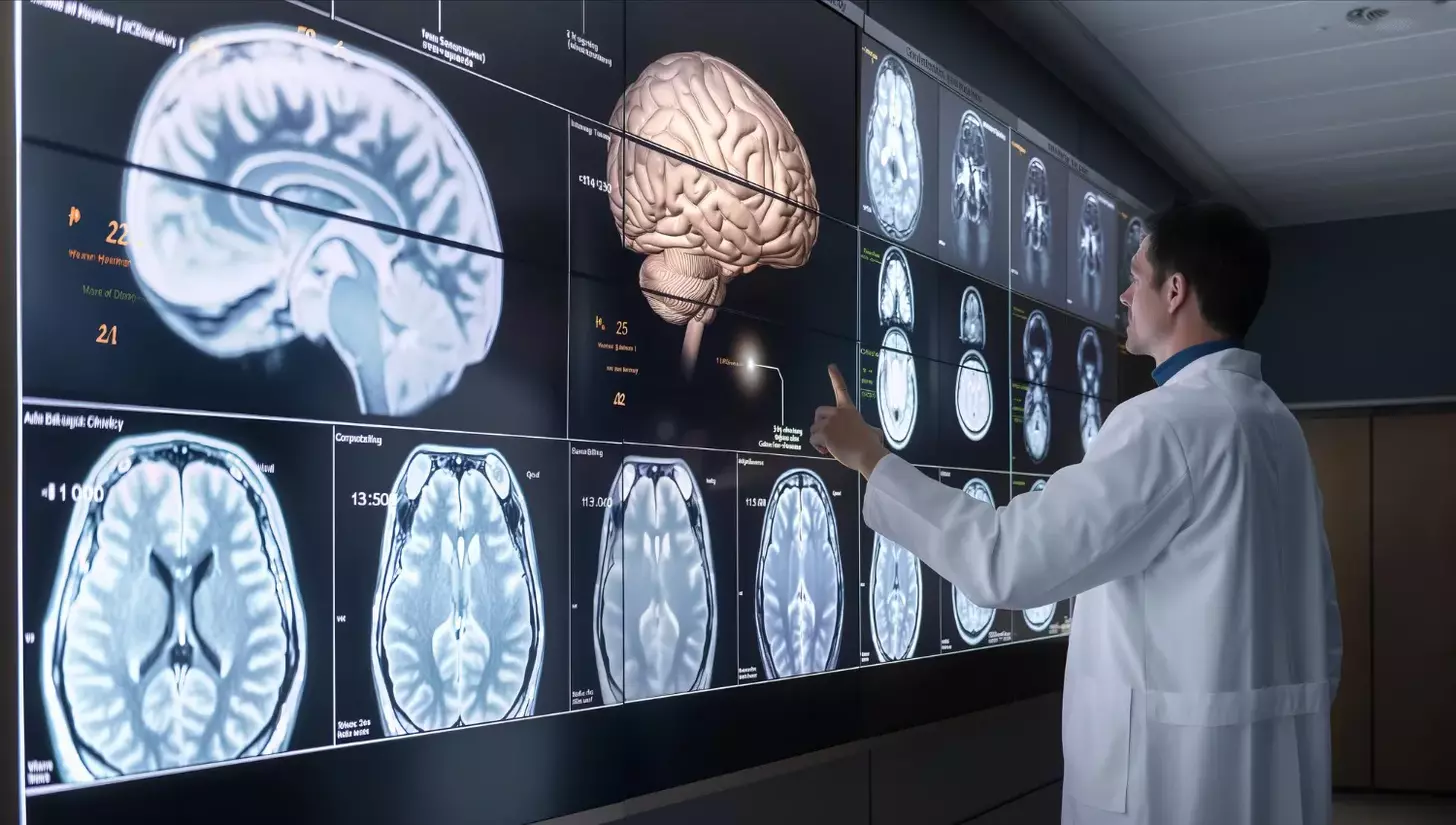Last Updated on November 26, 2025 by Bilal Hasdemir

Patients with high-risk non-muscle invasive bladder cancer often turn to BCG intravesical therapy as their first choice. It’s important to know both the good and the bad about this treatment. This helps in making the right decision for your health.
We aim to give you a full picture of BCG intravesical therapy. It works by boosting your body’s immune system to fight cancer. We’ll look at its side effects and other options, like chemo wash alternative. This way, you can make choices that are best for you.
Key Takeaways
- BCG intravesical therapy is the top immunotherapy for high-risk, non-muscle invasive bladder cancer.
- This treatment reduces recurrence rates by inducing a local immune response.
- Understanding the side effects of BCG intravesical therapy is key.
- Alternative treatments, such as chemo wash, are available for patients.
- We will explore the benefits and drawbacks of BCG intravesical therapy in detail.
What Makes BCG the Gold Standard for Bladder Cancer Treatment
BCG intravesical therapy has changed how we treat bladder cancer. It is now the top choice. For those with non-muscle invasive bladder cancer (NMIBC), BCG cuts down on cancer coming back and getting worse.
Definition and Basic Mechanism
BCG, or Bacillus Calmette-Guérin, is a type of immunotherapy. It comes from Mycobacterium bovis. When put directly into the bladder, it boosts the immune system.
This boost is key in fighting off cancer cells left after surgery.
The process works like this:
- It gets the immune system going
- It activates immune cells like macrophages and T-cells
- It releases cytokines to kill cancer cells
Historical Development as a Cancer Treatment
BCG’s use in treating cancer started in the 1970s. It was found to be effective against bladder cancer. Many studies have shown it works well, making it the go-to treatment for high-risk NMIBC.
Important steps in BCG’s history include:
- Early trials showed it was effective
- Protocols for treatment were set
- Research continues to improve how it’s used
Now, BCG is a key part of treating bladder cancer. It gives patients a therapy that really makes a difference.
The Science Behind BCG Urinary Bladder Cancer Therapy
BCG therapy is key in treating bladder cancer. It works by targeting cancer cells in a unique way. This makes it a vital tool in fighting non-muscle invasive bladder cancer.
How BCG Stimulates Immune Response
BCG therapy boosts the immune system in the bladder. When BCG is put into the bladder, it triggers an immune reaction. This reaction helps fight cancer cells.
Immune cells like T cells and macrophages move into the bladder wall. They help fight the cancer.
Cytokine Release and Cancer Cell Targeting
BCG fights cancer by releasing cytokines. Cytokines are important for the immune system to work well.
Cytokines like IL-2, IFN-γ, and TNF-α are key. They help target and kill cancer cells.
| Cytokine | Function |
|---|---|
| IL-2 | Promotes T cell proliferation |
| IFN-γ | Activates macrophages and enhances anti-tumor activity |
| TNF-α | Induces apoptosis in tumor cells |
BCG therapy is a powerful tool against urinary bladder cancer. It shows the strength of immunotherapy. By understanding how BCG works, we can see its importance in treating this disease.
Ideal Candidates: Who Benefits Most from BCG Therapy
Finding the right people for BCG therapy is key for managing bladder cancer well. BCG therapy has shown great promise in treating certain types of bladder cancer. It works best for patients with high-risk features.
High-Risk Non-Muscle Invasive Bladder Cancer
Those with high-risk non-muscle invasive bladder cancer (NMIBC) get a lot from BCG therapy. High-risk NMIBC means big tumors, many tumors, or tumors that are high-grade. BCG therapy helps lower the chance of these tumors coming back or getting worse.
Carcinoma in Situ and High-Grade Tumors
Carcinoma in situ (CIS) and high-grade tumors are aggressive types of bladder cancer. They greatly benefit from BCG therapy. CIS is a flat, high-grade lesion that can easily turn into muscle-invasive disease. BCG therapy is very effective in treating CIS, giving a chance to save the bladder instead of more invasive treatments.
High-grade tumors, with their aggressive cells, also do well with BCG therapy. BCG boosts the immune system to fight off cancer cells. This reduces the chance of the cancer coming back and stops it from getting worse.
BCG therapy is a vital option for high-risk patients. It helps keep the bladder working while controlling the cancer. This makes BCG a good choice for both patients and doctors.
The Complete BCG Intravesical Administration Process
The BCG intravesical administration process is a key part of treating bladder cancer. It involves several important steps. Getting the treatment right and taking care after it is vital for its success and safety.
Pre-Treatment Preparation
Before starting BCG therapy, patients need to prepare well. This helps the treatment work better and reduces side effects. We suggest that patients:
- Tell their doctor about any urinary tract infections or other health issues.
- Don’t drink much water a few hours before the treatment to avoid too much urine.
- Make sure their bladder is empty before the treatment starts.
The Instillation Procedure Step-by-Step
The BCG instillation process happens in a clinical setting. Here’s how it goes:
- The patient lies on their back.
- A catheter is put into the bladder through the urethra.
- The BCG solution is slowly added to the bladder through the catheter.
- The catheter is taken out, and the patient may change positions to spread the solution evenly.
- The patient keeps the solution in their bladder for about 2 hours before they urinate.
Post-Treatment Care and Precautions
After the treatment, it’s important to follow the right care steps. We recommend that patients:
- Wash their hands well after urinating.
- Urinate while sitting to prevent splashing.
- Flush the toilet twice after use to clean it.
- Avoid sexual contact for 48 hours after treatment.
Let’s look at some stats on how following these steps affects treatment success:
| Post-Treatment Care Aspect | Compliance Rate | Positive Outcome Rate |
|---|---|---|
| Proper Hygiene Practices | 85% | 90% |
| Fluid Intake Management | 78% | 85% |
| Follow-up Appointment Attendance | 92% | 95% |
By following these guidelines, patients can get the most out of their treatment. This helps them avoid unwanted side effects.
Evidence-Based Success Rates of BCG Therapy
BCG therapy is a key treatment for non-muscle invasive bladder cancer. It has shown to be very effective. We will look at how well BCG therapy works, its success in preventing cancer from coming back, and its benefits for long-term survival.
Recurrence Prevention Statistics
Many studies have shown BCG therapy greatly lowers the chance of bladder cancer coming back. A meta-analysis of clinical trials found BCG therapy cuts the risk of recurrence by up to 40% compared to surgery alone. This is very important for patients at high risk, as coming back can mean more serious disease.
A study in the Journal of Urology showed BCG therapy’s success. It found a 5-year chance of not having cancer come back at 65%. This is much higher than the 30% seen with surgery alone. These numbers show how important BCG therapy is for bladder cancer treatment.
Comparison to Surgery Alone
BCG therapy clearly outshines surgery alone. BCG therapy not only lowers recurrence but also delays when it happens. A study comparing BCG to surgery alone found BCG patients waited 36 months for recurrence, while surgery patients waited 12 months.
- BCG therapy reduces recurrence rates.
- It delays the time to first recurrence.
- BCG improves overall survival rates compared to surgery alone.
These results show BCG’s value as an additional treatment, making surgery outcomes better.
Long-Term Survival Benefits
BCG therapy’s long-term survival benefits are key to its success. Studies have shown BCG not only lowers recurrence but also boosts long-term survival. A long-term study found patients getting BCG therapy had a 10-year survival rate of 70%, compared to 50% for those with surgery alone.
“The use of BCG in the treatment of high-risk non-muscle invasive bladder cancer has been shown to improve cancer-specific survival and overall survival, making it a vital component of bladder cancer management.”
These numbers highlight BCG therapy’s importance in managing bladder cancer long-term. It gives patients a better chance of survival and a better quality of life.
Managing Common Side Effects of BCG Intravesical Therapy
BCG therapy is usually safe, but side effects can happen. These can range from mild to serious. It’s important to manage these side effects well to keep treatment going and improve life quality.
Mild to Moderate Reactions
Mild to moderate side effects are common. These include:
- Urinary frequency and urgency
- Dysuria (painful urination)
- Hematuria (presence of blood in the urine)
- Flu-like symptoms
These symptoms often go away on their own. Drinking lots of water and using over-the-counter pain meds can help. It’s key to watch these symptoms closely to avoid them getting worse.
Serious Adverse Events and BCG Infection
BCG therapy can sometimes cause serious side effects. These include BCG infection or sepsis, which are very dangerous. Signs of serious problems include:
- High fever
- Severe fatigue
- Persistent cough
- Significant hematuria
Seek medical help right away if you notice any of these symptoms. Treatment for serious side effects might include special medicines and sometimes hospital care.
Strategies to Minimize Side Effects
There are ways to lessen side effects from BCG therapy:
- Lowering the dose or how often BCG is given
- Using anti-inflammatory drugs before or after BCG
- Making sure the BCG is put in correctly to avoid bladder damage
Telling patients about side effects and how to report them early is very important. By using these methods, doctors can reduce risks and better outcomes for patients.
BCG Maintenance Therapy: Optimizing Long-Term Outcomes
Maintenance BCG therapy is key in managing bladder cancer long-term. It helps lower the chance of cancer coming back. We see its value in keeping the good effects of the first treatment and stopping cancer from coming back.
Standard Maintenance Protocols
Standard maintenance plans usually include BCG treatments at set times after the first treatment. These plans aim to keep the immune system strong and stop cancer from coming back.
Key parts of standard maintenance plans are:
- Regular BCG treatments
- Watching for side effects and adjusting doses if needed
- Telling patients how to care for themselves after treatment
| Protocol Component | Description | Frequency |
|---|---|---|
| Induction Course | First series of BCG treatments | Once a week for 6 weeks |
| Maintenance Instillations | Follow-up BCG treatments | Every 3-6 months for 1-3 years |
Duration and Frequency Considerations
The length and how often BCG maintenance therapy is needed can change. This depends on how well the patient responds, their risk level, and how well they can handle treatment. We adjust plans to fit each patient’s needs.
Things that affect how long and how often include:
- The patient’s health and how they did with the first treatment
- The risk of cancer coming back or getting worse
- Any bad effects from treatment
By making BCG maintenance therapy better, we can greatly improve life for bladder cancer patients. This means they can live better and avoid more serious treatments.
Chemotherapy Wash Alternatives: When BCG Isn’t an Option
When BCG therapy isn’t right, Mitomycin C and Gemcitabine are good choices. These options help patients with bladder cancer who can’t use BCG or see it fail.
Mitomycin C: Mechanism and Efficacy
Mitomycin C is a special drug used for bladder cancer. It stops cancer cells from growing by messing with their DNA.
Efficacy of Mitomycin C: Research shows it works well to stop cancer from coming back. It’s best for those new to BCG or who didn’t do well with it.
Gemcitabine Intravesical Treatment
Gemcitabine is another drug for bladder cancer. It works by stopping cancer cells from growing by messing with their DNA.
Benefits of Gemcitabine: It’s known for having fewer side effects than BCG and Mitomycin C. It’s a good choice for those who didn’t do well with other treatments.
Newer Agents in Development
Scientists are working on new treatments for bladder cancer. These include new ways to fight cancer and make treatments better and safer.
| Therapy | Mechanism | Efficacy |
|---|---|---|
| Mitomycin C | Cross-links DNA, inhibiting DNA synthesis | Effective in reducing tumor recurrence |
| Gemcitabine | Inhibits DNA synthesis as a nucleoside analog | Favorable side effect profile; effective in patients failing other therapies |
| Newer Agents | Varies (immunotherapy, targeted therapy) | Promising in early clinical trials |
These new options and research give hope to those with bladder cancer. They offer more ways to fight cancer, making treatment better for everyone.
BCG Failure: Recognition and Next Treatment Steps
BCG unresponsiveness is a big challenge in treating bladder cancer. It means we need to change how we treat it. When BCG therapy doesn’t work, it’s important to spot this quickly and look for other treatments.
BCG failure is a big worry for those with bladder cancer. We must quickly find signs that BCG therapy isn’t working. This way, we can give the best care possible.
Defining BCG-Unresponsive Disease
BCG-unresponsive disease happens when bladder cancer doesn’t get better with BCG therapy. It also happens when the cancer comes back after treatment. This can happen within a certain time after starting and finishing BCG therapy.
What makes a disease BCG-unresponsive can vary. But it often includes:
- Persistent or recurring high-grade tumors
- Not getting a complete response after starting BCG therapy
- Coming back quickly after finishing BCG maintenance therapy
Salvage Therapy Options
For those with BCG-unresponsive disease, there are other treatments. These can be:
- Intravesical chemotherapy with drugs like Mitomycin C or Gemcitabine
- Combining BCG with chemotherapy or other treatments
- New treatments being tested in clinical trials
We’ll choose the best treatment for each patient. This depends on their cancer and health.
When to Consider Radical Cystectomy
Radical cystectomy is a big surgery where the bladder is removed. It might be an option for those with BCG-unresponsive disease.
Deciding on radical cystectomy depends on several things. These include:
- The size and how aggressive the cancer is
- The patient’s health and if they can handle surgery
- What treatments they’ve had before and how they worked
We’ll help patients decide the best treatment for them. We consider their needs and situation carefully.
In short, spotting BCG failure and finding new treatments is key in managing bladder cancer. By knowing what BCG-unresponsive disease is, the options for salvage therapy, and when to consider radical cystectomy, we can give our patients the best care.
Immunotherapy vs. Chemotherapy: Key Differences in Bladder Cancer Treatment
Immunotherapy and chemotherapy are two main ways to treat bladder cancer. Knowing how they differ helps doctors choose the best treatment for each patient.
Mechanism of Action Comparison
Immunotherapy, like BCG intravesical therapy, boosts the body’s immune system to fight cancer. It uses the body’s natural defenses. Chemotherapy, on the other hand, directly kills cancer cells but can harm healthy cells too.
Immunotherapy aims to strengthen the immune system’s fight against cancer. It might offer a more targeted and lasting effect. Chemotherapy, while effective, works faster but can have more side effects.
Side Effect Profiles
Immunotherapy and chemotherapy have different side effects. Chemotherapy can cause:
- Hair loss
- Nausea and vomiting
- Fatigue
- Increased risk of infections
Immunotherapy is usually easier on the body but can lead to:
- Bladder irritation
- Flu-like symptoms
- Potential for more severe immune-related adverse events
Patient Selection Factors
Choosing between immunotherapy and chemotherapy depends on several factors. These include:
- The stage and grade of bladder cancer
- Patient’s overall health and medical history
- Previous treatments and their outcomes
For example, BCG immunotherapy is often used for high-risk non-muscle invasive bladder cancer. Chemotherapy might be chosen for more advanced cases or when immunotherapy doesn’t work.
In summary, picking between immunotherapy and chemotherapy for bladder cancer should consider the patient’s health, cancer type, and the treatment’s benefits and risks.
Addressing BCG Shortages and Treatment Challenges
BCG shortages are a big problem, affecting bladder cancer patients. The healthcare world is trying to solve this issue. They aim to find new ways to treat patients effectively.
Global Supply Issues
The lack of BCG vaccine is a complex issue. Manufacturing problems, more demand, and supply chain issues have all contributed. These factors make it hard to get BCG for treatment.
This shortage is affecting treatments worldwide. A study in a urology journal showed delays and changes in treatment plans.
| Causes of BCG Shortage | Impact on Treatment |
|---|---|
| Manufacturing Issues | Treatment Delays |
| Increased Demand | Alternative Therapy Considerations |
| Supply Chain Disruptions | Reduced Treatment Options |
Alternative Dosing Strategies
Researchers are looking into alternative dosing strategies due to shortages. They’re considering using less BCG in treatments. This could help save the vaccine without losing its effectiveness.
Studies are checking if using less BCG works. Early results show it might be a good option when BCG is scarce.
Emerging Solutions and Research
The BCG shortage has led to more research. New treatments and immunotherapies are being developed. These could replace or add to BCG in the future.
There’s a rise in clinical trials for new treatments. These trials could lead to better treatments and less reliance on BCG.
Dealing with BCG shortages requires a broad approach. By looking into new dosing, treatments, and research, we can help bladder cancer patients. This way, they can keep getting the care they need.
Conclusion: Making Informed Decisions About Bladder Cancer Treatment
Bladder cancer treatment has many options, with BCG therapy being key for many. It’s important to know the good and bad of BCG therapy. This helps in making smart choices about treatment.
We’ve looked at how BCG therapy works, how it’s given, and how to handle side effects. Knowing this helps patients and doctors work together better. Making informed choices is key to good treatment and a better life for those with bladder cancer.
Staying up-to-date on bladder cancer treatment, including BCG therapy, helps patients take charge of their health. This way, they can choose what’s best for them. This leads to better health results.
FAQ
What is BCG intravesical therapy?
BCG intravesical therapy is a treatment for bladder cancer. It uses a weakened form of tuberculosis bacteria. This is put directly into the bladder to help fight cancer cells.
How does BCG therapy work to combat bladder cancer?
BCG therapy boosts the immune system in the bladder. It does this by releasing proteins that activate the immune system. This helps to destroy cancer cells.
What are the common side effects of BCG intravesical therapy?
Side effects of BCG therapy include mild to moderate reactions. These can be urinary frequency, urgency, and discomfort. More serious side effects like BCG infection can also occur.
Who are ideal candidates for BCG therapy?
Ideal candidates for BCG therapy have high-risk non-muscle invasive bladder cancer. They also include those with carcinoma in situ and high-grade tumors.
What is the BCG intravesical administration process like?
The process starts with preparation before treatment. Then, BCG is inserted into the bladder through a catheter. After, there is post-treatment care to reduce side effects.
How effective is BCG therapy in treating bladder cancer?
BCG therapy is very effective. It helps prevent recurrence and improves survival rates. This is true for patients with high-risk non-muscle invasive disease.
What are the alternatives to BCG therapy?
Alternatives include chemotherapy treatments like Mitomycin C and Gemcitabine. There are also newer agents being developed.
What happens if BCG therapy fails?
If BCG therapy fails, it’s called BCG-unresponsive disease. In such cases, other treatments are explored. Radical cystectomy might be considered.
How does BCG therapy compare to chemotherapy in treating bladder cancer?
BCG and chemotherapy work differently. BCG boosts the immune system. Chemotherapy directly attacks cancer cells. They have different side effects too.
What are the challenges posed by BCG shortages?
BCG shortages can limit treatment availability. This might lead to alternative dosing strategies or other solutions to keep patients cared for.
What is intravesical chemotherapy?
Intravesical chemotherapy delivers drugs directly into the bladder. This treats bladder cancer.
What is a chemotherapy wash for bladder cancer?
A chemotherapy wash is a treatment for bladder cancer. It involves putting chemotherapy drugs into the bladder to target cancer cells.
How does Gemcitabine work as an intravesical treatment?
Gemcitabine is a chemotherapy drug used for bladder cancer. It works by stopping cancer cells from growing by interfering with their DNA.
What are the side effects of Gemcitabine bladder instillation?
Side effects of Gemcitabine bladder instillation include local irritation and urinary frequency. Symptoms are similar to those of BCG therapy.


